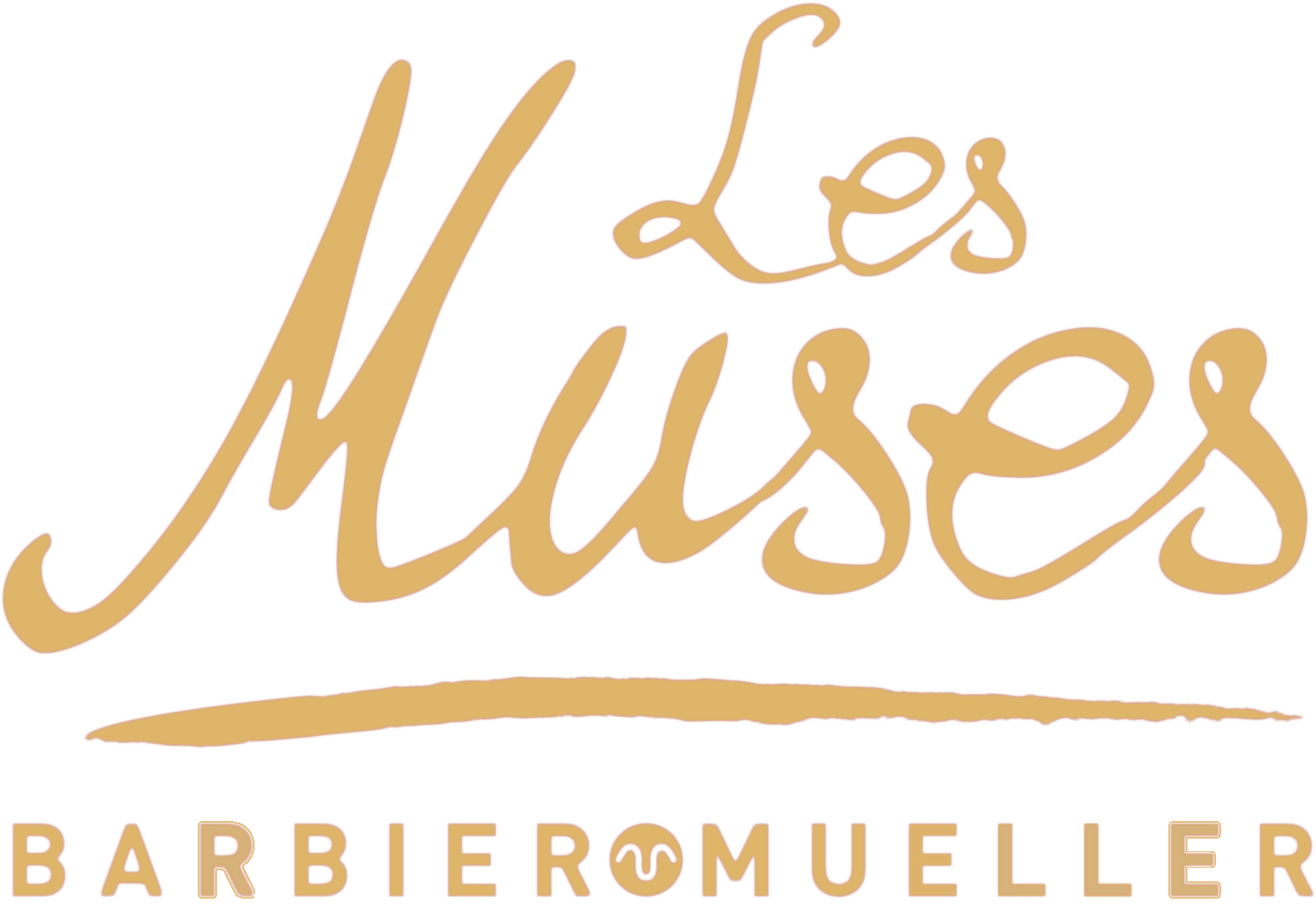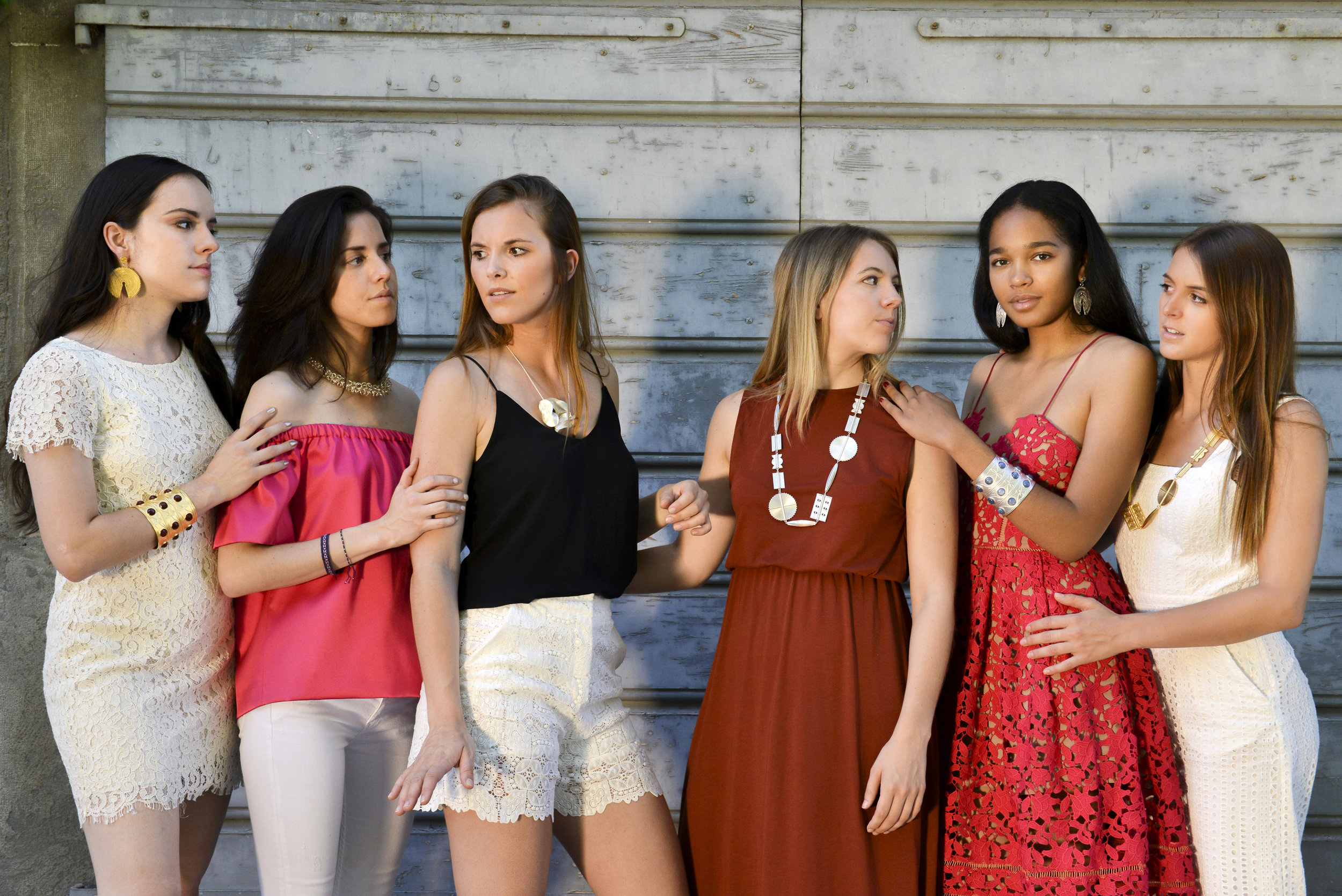Les Muses Barbier-Mueller
Our grandparents, Monique and Jean Paul Barbier-Mueller, founded the museum that bears their name in 1977. Based in Geneva, Switzerland, its mission is the conservation, study and sharing of world cultures through the arts. The year 2017 marks the 40th anniversary of the Barbier-Mueller museum. On this occasion, we are united and fully committed to carrying on the family tradition. Our jewellery tells a story - the story of the diversity and inventiveness of the indigenous peoples of the Americas, Africa, Asia and Oceania.
..Nos grands-parents, Monique et Jean Paul Barbier-Mueller, fondèrent le musée qui porte leur nom en 1977. Sa vocation est de conserver, d'étudier et de transmettre les cultures du monde entier à travers les arts. L'année 2017 marque le 40e anniversaire du musée Barbier- Mueller. À cette occasion, nous nous sommes unies et engagées à perpétuer la tradition familiale. Nos bijoux racontent une histoire, celle de la diversité et de l'inventivité des peuples indigènes des Amériques, d'Afrique, d'Asie et d'Océanie.
........
Having witnessed long, rich traditions, jewellery is appreciated by women and men for its aesthetic appeal as well as its ability to convey cultural heritage. Our jewellery carries within it this heritage, which echoes the mythological mother of the nine Greek Muses: Mnemosyne, the goddess of memory. Through wearing our jewellery, bring the myth of the Muses alive and become an ambassador for the Baoule of the Ivory Coast, the Chinese Miao people, or other ethnic groups from the Tamil Nadu region in India, amongst many others.
Through this project, we wish to pay homage to our grandfather, Jean Paul Barbier-Mueller, who believed that curiosity about the world, respect for other civilisations and the transfer of knowledge were our duty.
..
Témoins de longues et riches traditions, les bijoux sont appréciés des femmes et des hommes pour leur attrait esthétique, mais également pour leur capacité à transmettre un héritage culturel. Ce patrimoine que nos bijoux véhiculent fait écho à la mère mythologique des Neuf Muses grecques : Mnémosyne, déesse de la mémoire. En les portant, réveillez le mythe des Muses et devenez une ambassadrice, entre autres, des Baoulé de Côte d'Ivoire, des Miao de Chine, ou d'autres groupes ethniques du Tamil Nadu d'Inde.
Avec ce projet, il nous tient à cœur de rendre hommage à notre grand-père, Jean Paul Barbier-Mueller, pour qui la curiosité à l'égard du monde, le respect des civilisations et la transmission du savoir étaient un devoir.
....
“.... I hope that no human being, no religion, no culture, however small, will ever disappear without leaving a clear trace. ..
J’espère qu’aucun être humain, aucune religion, aucune culture, si petite soit-elle, ne disparaîtra sans avoir laissé une trace claire.
....”
....
The Barbier-Mueller museum
..
Le Musée Barbier-Mueller
....
....
World's cultures and arts
..
Arts et cultures du monde
....
....
The Barbier-Mueller museum houses the largest private collection of primitive art
in the world. Started after World War I, it now comprises several thousand pieces, including works of art from Tribal and Classical Antiquity, as well as sculpture, textiles and adornments from civilisations around the world. Whilst African and Oceanian art make up the majority of the collections, the art of the Americas and Southeast Asia is also well- represented. A number of these pieces are considered to be masterpieces without peer.
This collection reflects a family's passion for the beauty and diversity of human
artistic expression. It also bears witness to the utmost respect for the identity of
numerous ethnic groups teeming with cultural riches: masks, sculpture, initiatory societies, complex origin myths, etc. This truth must haunt us: how can we, a civilised society with the resources to preserve the heritage of humanity, stand by and dispassionately observe extinction, the disappearance of myths as rich as those of Ancient Greece?
..
La collection du musée Barbier-Mueller est le plus important ensemble privé d'art primitif au monde. Commencée après la Première Guerre mondiale, elle compte aujourd'hui plusieurs milliers de pièces et comprend des œuvres d'art de l'Antiquité tribale et classique, ainsi que des sculptures, tissus et ornements provenant de civilisations du monde entier.
Si les arts africains et océaniens forment la plus grande partie des collections, l'art des Amériques et de l'Insulinde y figurent en bonne place. Nombre de ces pièces sont considérées comme des chefs-d'œuvre incontournables.
Cette collection reflète la passion d'une famille pour le beau et la diversité de l'expression artistique humaine. Elle témoigne également du plus haut respect pour l'identité des nombreux groupes ethniques qui fourmillent de richesses culturelles : masques, sculptures, sociétés initiatiques, mythes d'origine complexes, etc. Cette vérité doit nous hanter : comment nous, hommes de l'écriture, armés pour conserver le patrimoine de l'humanité, pouvons-nous assister impassibles à l'extinction, à la disparition de mythes aussi riches que le furent ceux de la Grèce ?
....
.... Jean Paul Barbier-Mueller in Ivory Coast ..
Jean Paul Barbier-Mueller en Côte d'Ivoire ....
.... Monique Barbier-Mueller by Malick Sidibé ..
Monique Barbier-Mueller par Malick Sidibé ....












